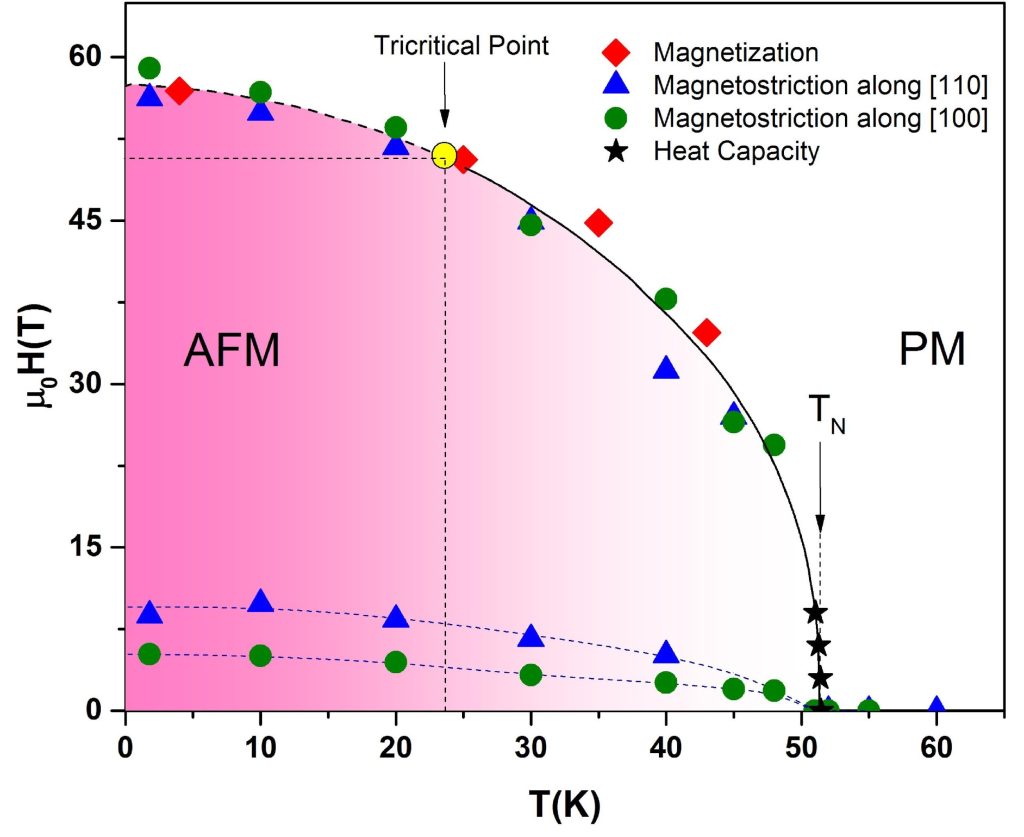Uranium dioxide (UO2) has been the key component of fuel for nuclear power plants for several decades, but in the worldwide race to develop a new generation of reactors, scientists are researching alternative materials that will allow these new reactors to operate with even greater efficiency and a greater ability to withstand abnormal conditions.
Uranium nitride (UN) is one of these alternative advanced reactor fuels, and Idaho National Laboratory scientist Krzysztof Gofryk has been leading an investigation into its magnetic properties as part of an effort to fill in gaps in our understanding of its characteristics.
“We already know that UN has higher thermal conductivity, fissionable density and a higher melting temperature than UO2, but the missing piece is an understanding of why UN exhibits these properties,” Gofryk said. “This knowledge can then be applied to more accurate predictive computer modeling and much safer, more efficient fuel designs.”
Gofryk and a team of researchers have been employing the use of powerful magnetic fields on potential nuclear fuels as a way of gaining a greater understanding, and some of their recent work on UN was recently published in the prestigious Nature Scientific Reports journal.

He worked with INL postdoctoral researchers Keshav Shrestha and Daniel Antonio as well as researchers at Los Alamos National Laboratory, the University of Nevada, Las Vegas, the University of Maria Curie-Sklodowska in Poland, and the European Commission Joint Research Centre in Karlsruhe, Germany.
“Our studies using the extremely powerful magnetic fields that can be created in the National High Magnetic Field Laboratory’s Pulsed Field Facility at LANL give us new insight into the magnetoelastic and metamagnetic effects of UN,” said Keshav Shrestha, lead author of the paper. “The magnetoelastic properties affect their thermal properties, and that’s one of the most important aspects for a nuclear fuel. It’s also one of the most difficult to study.”
The paper, “Tricritical Point from High-Field Magnetoelastic and Metamagnetic Effects in Uranium Nitride,” was published in Nature’s Scientific Reports, and can be found here: https://www.nature.com/articles/s41598-017-06154-7
Gofryk’s research was supported by the DOE’s Early Career Research Program. In addition to Gofryk, other co-authors of the Scientific Reports paper include: K. Shrestha, D. Antonio, M. Jaime, N. Harrison, D.S. Mast, D. Safarik, T. Durakiewicz, and J.C. Griveau.





